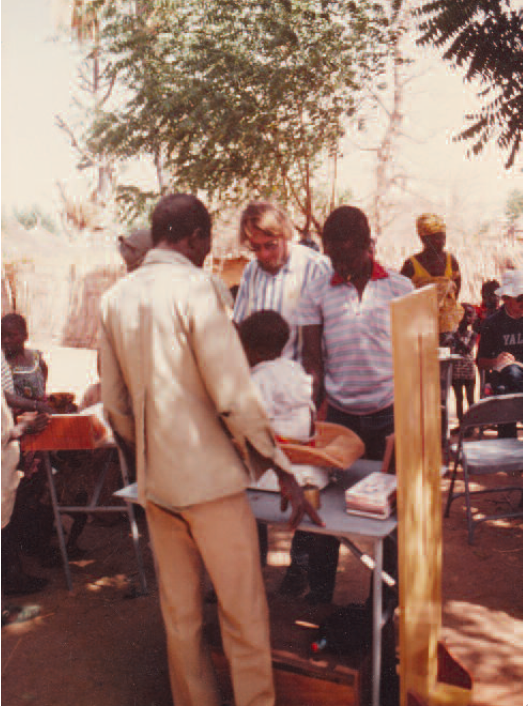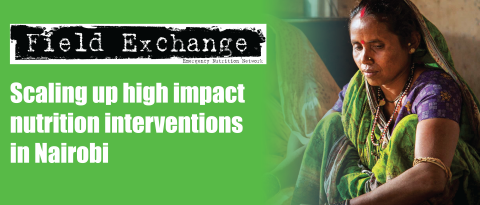Improving screening for malnourished children at high risk of death
Research snapshot1
The purpose of this study was to investigate whether children with concurrent wasting and stunting (WaSt) require therapeutic feeding and to better understand whether multiple diagnostic criteria are needed to identify children with a high risk of death and in need of treatment. A community-based cohort study (1983-84, predating community-based management of acute malnutrition) in Niakhar, a rural area of the Fatick region of central Senegal, followed 5,751 children aged 6-59 months living in 30 villages. Each child was visited up to four times at six-month intervals and at each visit anthropometric measurements were taken. Survival was monitored using a demographic surveillance system operating in the study villages. The outcome of interest was death within 183 days (i.e. six months) of anthropometric assessment.
Results showed that the lowest weight-for-age z-score (WAZ) threshold that, in combination with mid-upper arm circumference (MUAC) <11.5mm, detected all deaths associated with severe wasting or concurrent WaSt was WAZ <− 2·8. Performance for detecting deaths was best when only WAZ and MUAC were used. Additional criteria for wasting (weight for height z score (WHZ) <-3) or WaSt (WHZ<− 2·0 and HAZ<− 2·0) did not improve performance. Risk ratios for near-term death in children identified using WAZ and MUAC suggest that children identified by WAZ <− 2·8 but with MUAC ≥115mm may require lower-intensity treatment than children identified using MUAC<115 mm.
Results show that a combination of MUAC and WAZ detected all near-term deaths associated with severe anthropometric deficits, including concurrent WaSt. Therapeutic feeding programmes (TFPs) may achieve higher impact if both WAZ and MUAC admission criteria are used (MUAC<115mm or WAZ<− 2·8), although more work is required before this can be considered a general recommendation. The authors challenge the current programming approach that distinguishes acute and chronic malnutrition treatment. The analysis should be repeated in different contexts and small-scale field studies should investigate the intensity and duration of treatment required to treat children identified using WAZ and appropriate discharge criteria. Operational research is needed to link growth monitoring/growth monitoring promotion and TFPs.
Endnote
1Myatt M, Khara T, Dolan C, Garenne M and Briend A. (2018) Improving screening for malnourished children at high risk of death: a study of children aged 6–59 months in rural Senegal. Public Health Nutr. 2018 Dec 3:1-10. doi: 10.1017/S136898001800318X.


